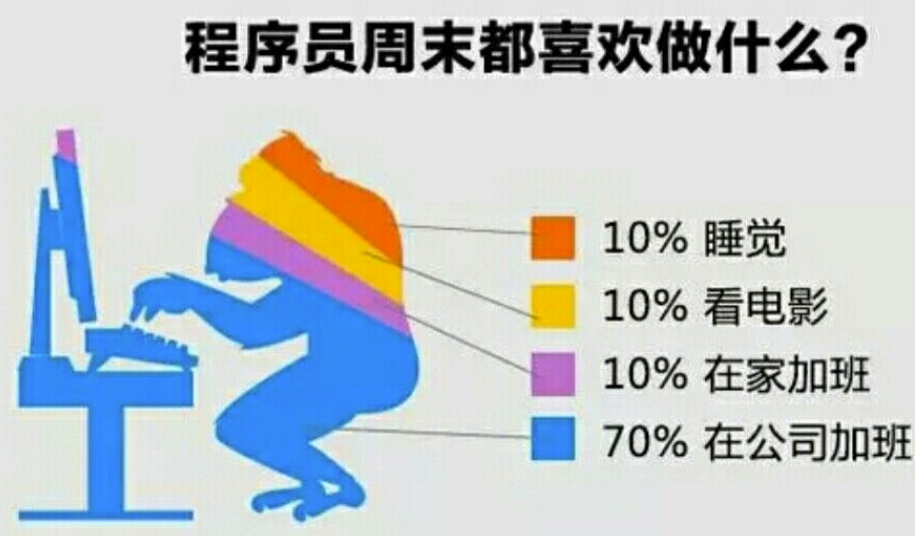The TMSR is gaining traction as an alternative to traditional nuclear reactors, offering a safer and more efficient option through the use of thorium fuel cycle and molten salt technology. SINAP is leading the charge in promoting TMSR development and has proposed a 10MW(e) TMSR system. In this study, an improved computational model was utilized to calculate tritium distribution in the system.
Results indicate that without tritium removal measures, approximately one-third of the tritium could be adsorbed onto core graphite, one-third could permeate into the external environment, and one-third could remain in the gas circuit. As saturation of graphite adsorption occurs and equilibrium of tritium concentration in the gas circuit sets in, even more tritium will penetrate into the environment, making it increasingly difficult to control.
However, if a method similar to MSRE spray gas removal is employed to remove tritium from the primary loop of the system, about two-thirds of the tritium can be eliminated, reducing the amount that ultimately permeates into the environment to approximately 10%, thus greatly easing tritium control difficulties. Additionally, reducing reactor tritium yield can further lessen both amount and proportion of tritium permeation, resulting in easier overall management.
Using FNaBe salt instead of FLiBe salt as fuel carrier offers lower tritium yield, rendering its control unnecessary or at least significantly reduced. This underscores potential benefits associated with utilizing FNaBe salt for TMSR technology.






















